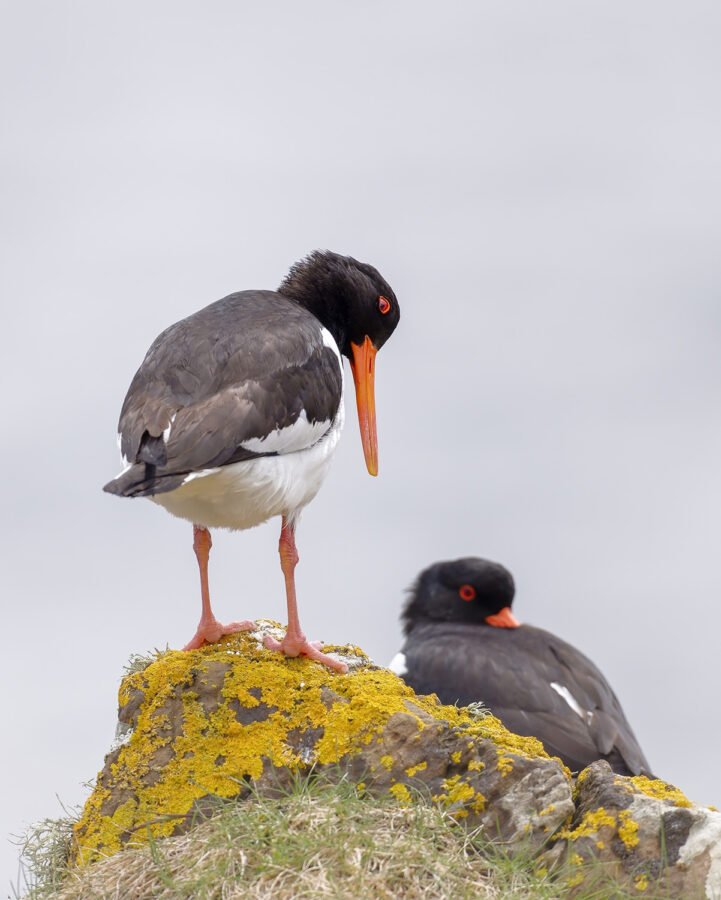It’s pouring outside and this rhythm of the raindrops means I’m in tune for a blog post on the Faroe Islands. This is, by far, the rainiest place I have ever set foot on, with up to 300 days of rain every year. Way wetter than Scotland, can you believe it?
In my imagination, there is no place more exotic. The first glimpse I’ve had of it was back in the 1990’s when I saw it on TV: Romania was playing against the Faroe Islands and their football field appeared to be at a stone’s throw from the ocean. I promised myself one day I’ll see that verdure with my own eyes (little did I know back then that I would also see it through a lens).
Believe it or not, my childhood wish came true in 2022.
It so happened that the very day before I landed in the Faroes I had had the chance to witness the Meradalir volcano eruption in Iceland. That once-in-a-lifetime, overwhelmingly intense event had almost drained me out – I felt like I had seen and felt it all; what else, what more could be in store in the Faroe Islands? My excitement had dropped considerably but there was still some degree of curiosity left and that last drop was enough.
We land in Vagar – the tiniest and cosiest airport so far, like a family business. I notice there are only two airplanes and a helicopter dozing near the runway.
Of course it rains on day one. And on day two… and on every single day. What were you expecting? It’s these daily showers that allow for that fabulous green on the typical grass roofs. Indeed, in this picturesque archipelago you can still find those simple, compact, sturdy hobbit houses (I’ve chosen mine: it’s painted tar black and has white window frames). Imagine the legends those walls could tell about the fearless vikings that built them centuries ago.
If you were wondering how busy and hectic life is over there, let me tell you this: there seems to be little to no activity whatsoever. There are no people in the streets – besides maybe one lonely tourist looking for the familiar golden arches, the clown or the colonel, finding instead a local restaurant that’s closed. It’s all nice, quiet and peaceful here… until you have that stupid idea: What if I jump over that fence to take a better shot on that empty meadow? Breaking the law means the one and only guard on the entire island finally gets to do what he has trained for. So… you apologize, try to calmly explain, erase the picture, try to get over this and inhale deeply (a breath of fresh air can work wonders, you know?).
From people to places. These islands might be almost uninhabited, but they are perfectly connected by bridges and underwater tunnels. What a shock it is to drive through their longest subsea tunnel (almost 7 miles long) that even features a roundabout! This is science fiction for a territory so small and also for a Romanian who wishes there were more than two motorways in his home country.
Without a doubt, the Faroe Islands landscapes are outlandish and spectacular. Still, besides the sheep (one breed, 70 varieties), the fauna has quite a limited array in stock for a wildlife photographer. Although there are only a few terrestrial species, there is an abundance of seabirds and marine mammals. Why? Because wherever you may roam the sea is less than 3 miles away.
Tips: if you book accomodation in Torshavn, the capital, and you go for a walk in the park, don’t trust the billboard claiming that you can catch sight of the mandarin duck. You’d probably find one anywhere else but there.
If you wish to visit the most exotic place in my imagination, sign up for one of the seasonal Faroe Islands photography trips by Dorin Bofan. That was my choice and I really enjoyed every minute of it.
Intriguing facts about the Faroe Islands:
There are less than 10 traffic-lights on the whole archipelago.
Public transportation is free in Torshavn, the capital.
Whales and dolphins are still being slaughtered.
There are no prisons in the Faroes.





























